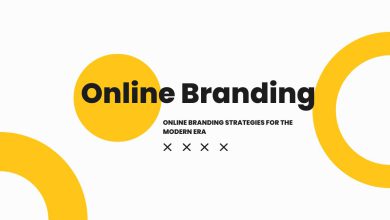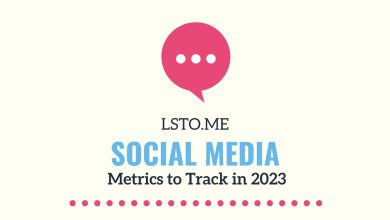
Americans carry nearly $1 trillion in credit card debt, and every one of those dollars comes with relatively high interest. The true cost of credit card debt is not just the amount owed, but the cost of variable compound interest that sometimes seems to keep adding up month over a month no matter how hard you work to pay it down.
Every year, American households have to pay around $120 billion just to maintain the high debt currently on the books, and even a slight hike in interest rates can send those payments spiraling upward for tens of millions of families. Understanding how this type of debt works is the key to managing your own credit, and getting on top of the share of the total debt sitting on your own accounts.
How Credit Cards Work
Credit cards can be a very convenient source of liquidity for many people. Like a standing loan that you can dip into whenever you want, credit cards help insulate borrowers from the financial shocks of living, as well as stimulate consumer spending in ways that are generally positive for the economy. They don’t do this for free, however, and you need to know where the real costs of credit card spending are hiding.
Credit Cards and Compound Interest
When you swipe your card to make a purchase, the system processing your payment reaches out electronically to the issuing authority for permission to withdraw the funds. The issuer briefly checks to make sure you aren’t over your limit, then authorizes the transaction and debits your account. All of your charges add up to become the balance you owe at the end of the billing cycle. If you pay it all off in time, there’s no charge for this short-term loan. If you pay less than the total amount, the lender adds interest to the remaining balance and carries that forward into the next billing cycle.
Compound interest is tricky for most people to master. The calculation for computing it even doesn’t look very safe if you’re not used to business math. Briefly, it works by taking the principal amount you owe at the end of the billing cycle and adding whatever your agreed-upon interest rate happens to be. This rate varies based on a lot of factors, especially your own creditworthiness.
The extra amount the interest adds goes into your current balance as if it was another purchase you made, and then the next month the same rate is applied again if you haven’t paid it all off. This process can rapidly get out of hand, even if you’re making the minimum monthly payments, leaving you upside down in debt you will struggle to pay off for years to come if you ever manage it on your own.
What to do When You’re Upside Down on Your Cards
If you’re running high credit card debt, you’re not alone. It’s almost normal for Americans to feel like they’re running as hard as they can just to not fall behind in their payments. There are several things you can do to bring your debt under control:
- Stop charging to the card
- Pay more than the required minimum
- Balance transfer to a lower-interest card
- Look into debt relief programs
Credit Card Debt Relief
It is one of the essential truths about credit card debt relief that not everybody can get it. You generally have to qualify for a program based on your payment history, the total debt owed, and other factors, such as your income.
As part of your relief, you may have to attend a class to learn how credit card debt relief works and gain the necessary skills for mastering and permanently overcoming the actual cost of credit card debt. With better borrowing habits and a fresh start, you can go on to a lifetime of responsible and affordable credit card use.




